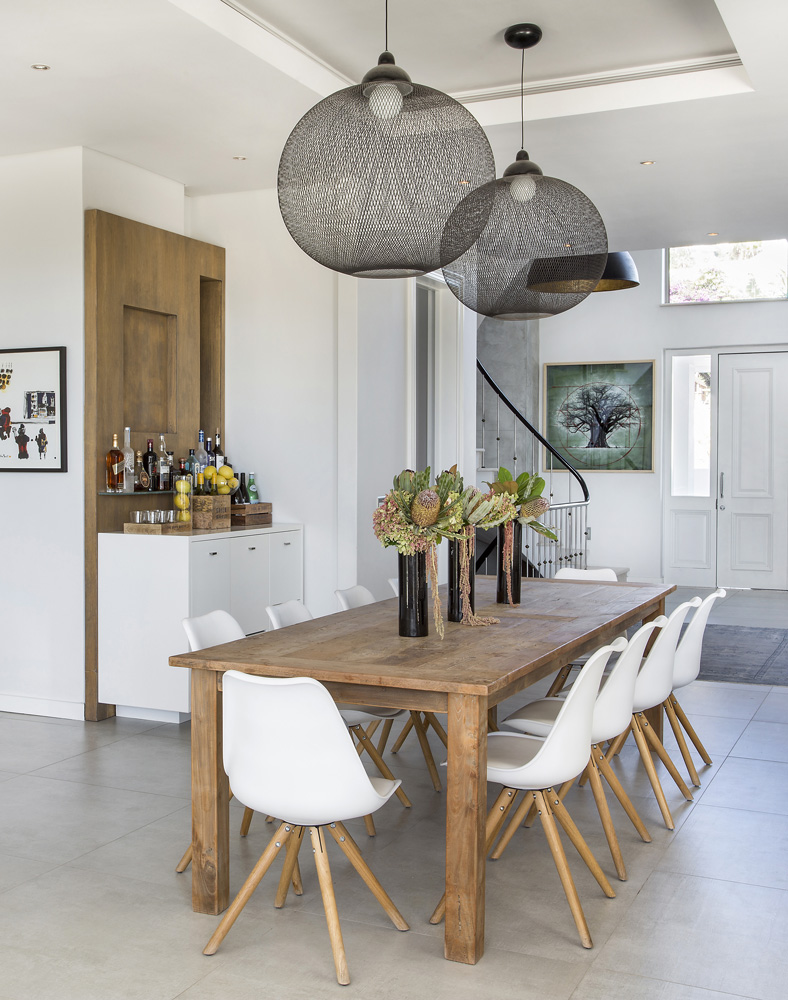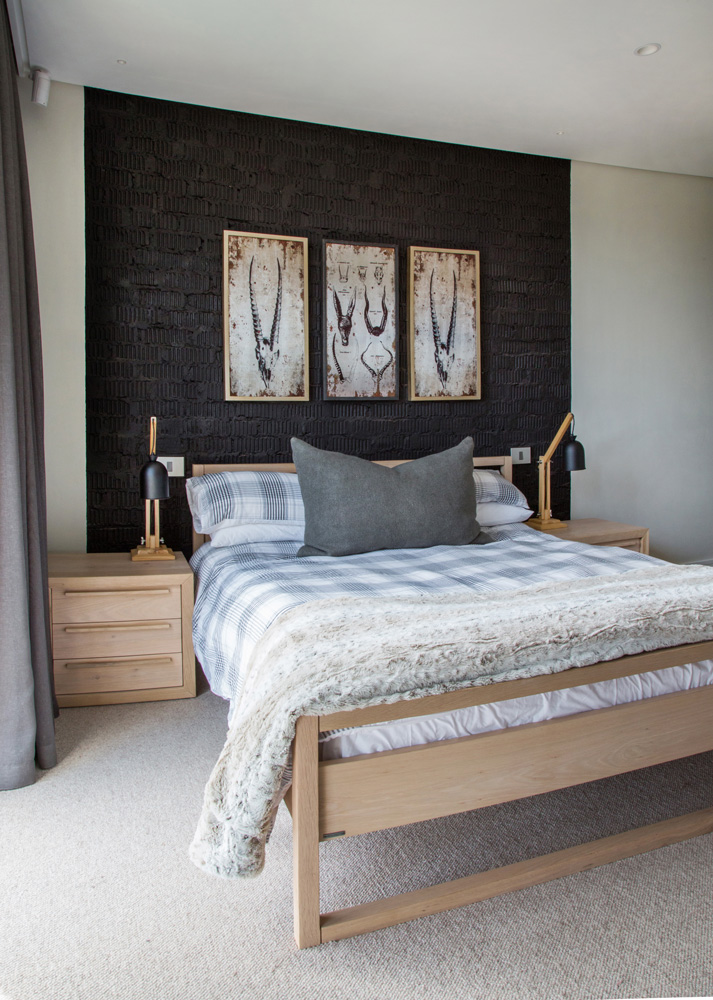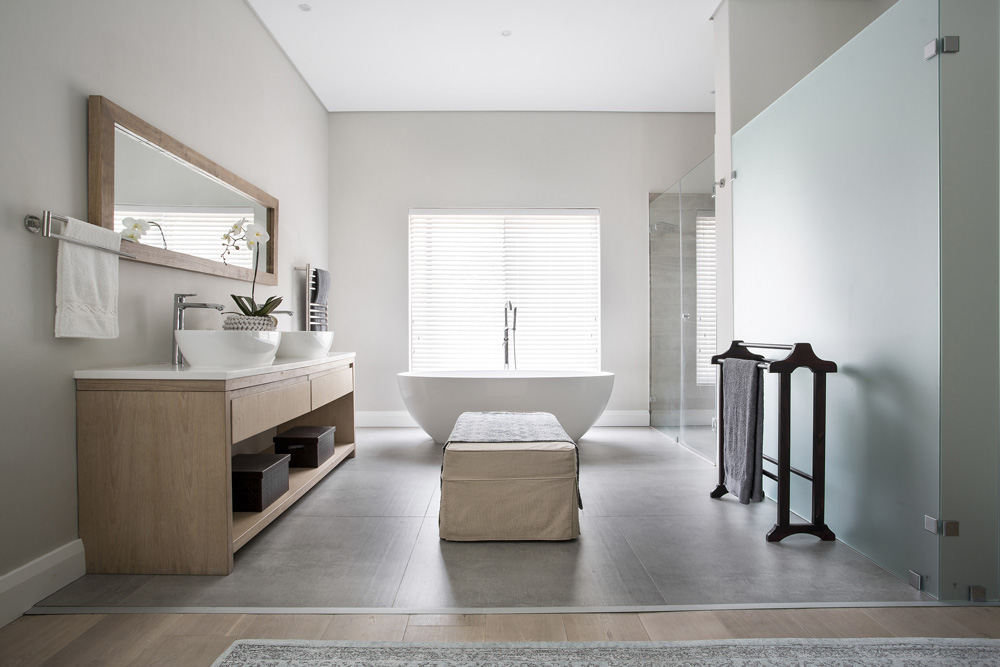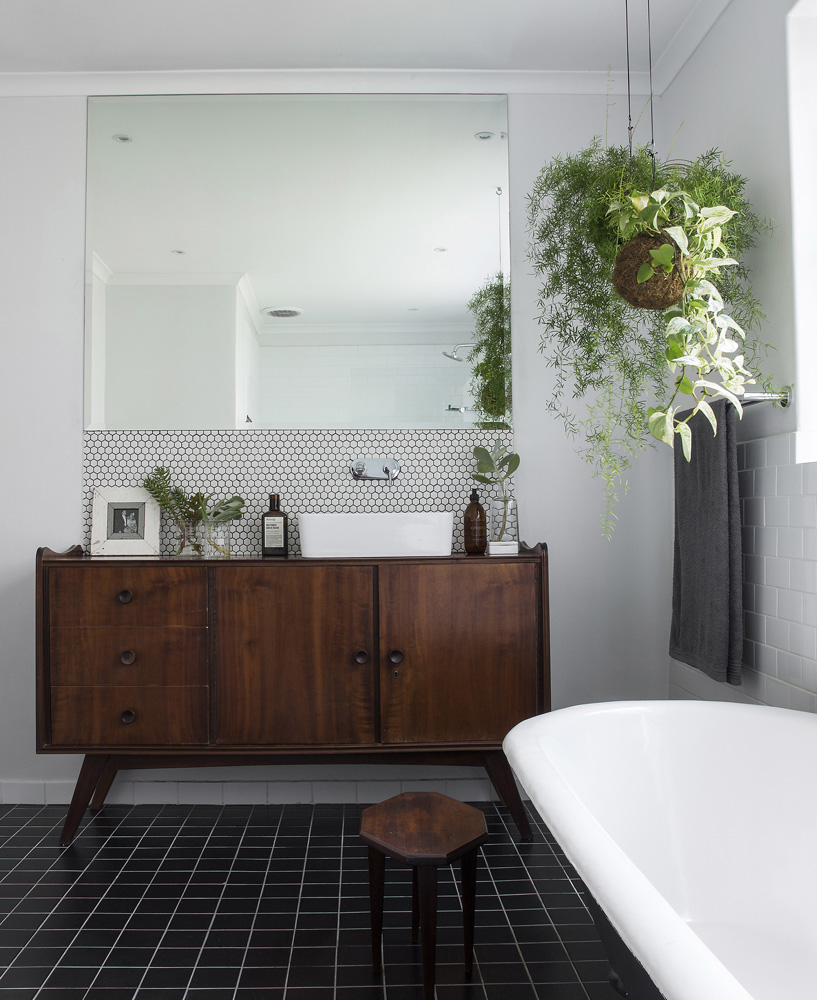As both Japanese and Scandinavian style embrace the minimalist look, it’s no surprise that they would merge, resulting in Japandi.
Japandi style first hit the decor scene in 2017, but 2019 is the year we’ll see more people embracing it. With international decor fundis like Bobby Berk featuring the trend online, and a worldwide need for more comfort, it’s sure to gain some serious traction.
YOU MIGHT LIKE: 5 Ways to warm up your bathroom
HERE’S HOW TO PULL JAPANDI OFF
1. Combine warmth with minimalism
Japanese and Scandinavian styles work beautifully together. Think walnut-brown kitchen cabinets and black slate tiles, contrasted by white, beige and light grey furniture. In the living room, oak panelling highlights white sofas and rugs in natural textures like jute. In bedrooms, washed cotton brings in the Wabi Sabi trend from Japan. Pair charcoal grey bedding with pale oak furniture and minimal white lamps for the Scandi element.
This kitchen has all the Japandi elements: natural, warm wood in the form of the ceiling beams and countertops, charcoal on the walls and a contrasting colour on the cabinets. Minimalist light fittings complete the look and draw attention to the high ceiling. Décor by Tabbert Interior Consultants.
KEEP READING: A Scandi-inspired nursery with touches of greenery

The chairs in this dining room are very Scandi, while the lantern-like black pendant lights add a Japanese-inspired element and provide the contrast Japandi calls for. Décor by Tracy Glass.
2. Add charcoal or black
Use the Japanese penchant for natural woods and browns and beiges to add richness to Scandinavian design. Where Scandi calls for lots of white and bright open interiors, charcoal and even black deepens the effect without making it sombre.

In the Japandi style only muted colours are used, like the soft blues in this bedroom, designed by Lisa Walters Interiors.
3. Keep accessories to a minimum
To get this look in your home, opt for accessories like lamps in matte black or wood, and keep surfaces free of clutter (you can find a handy guide to decluttering inspired by Marie Kondo, here) Invest in key pieces that last and don’t introduce items that serve no purpose.

Calming and restrained, this clutter-free bathroom mixes lots of wood with white walls and grey tiles. Adding contrast are black storage boxes.


